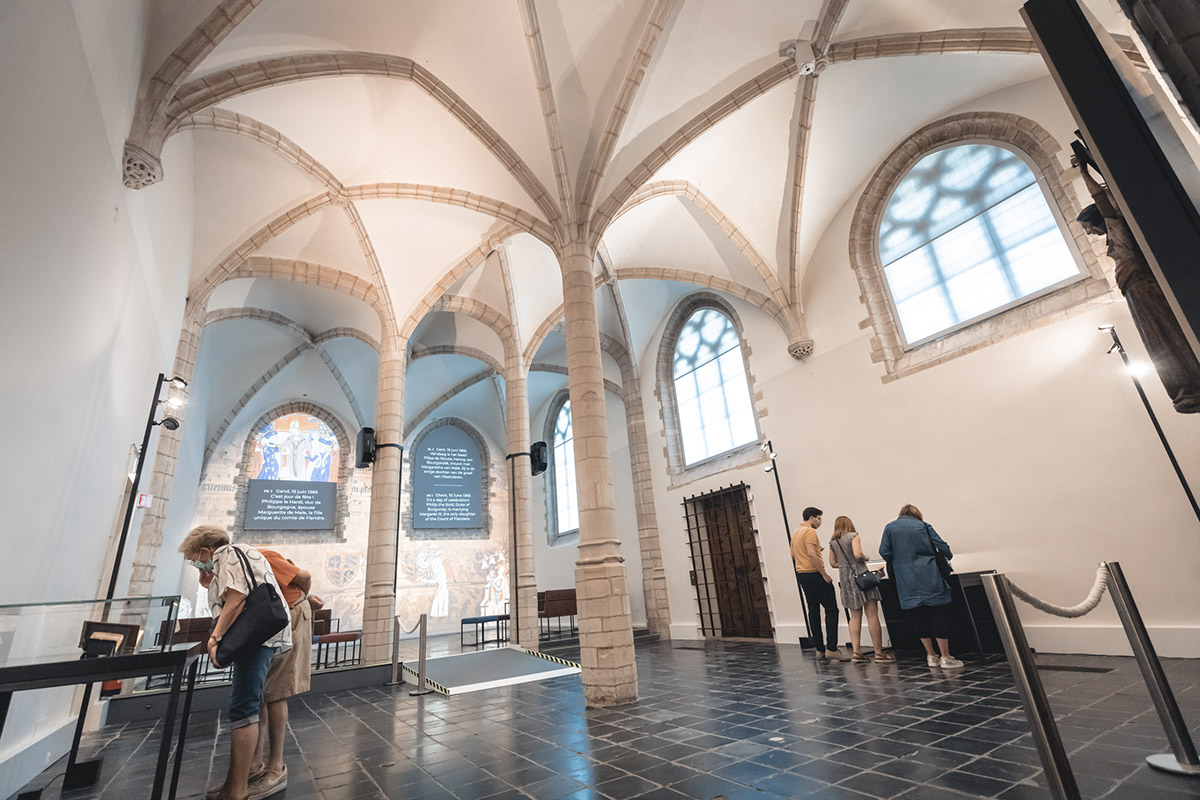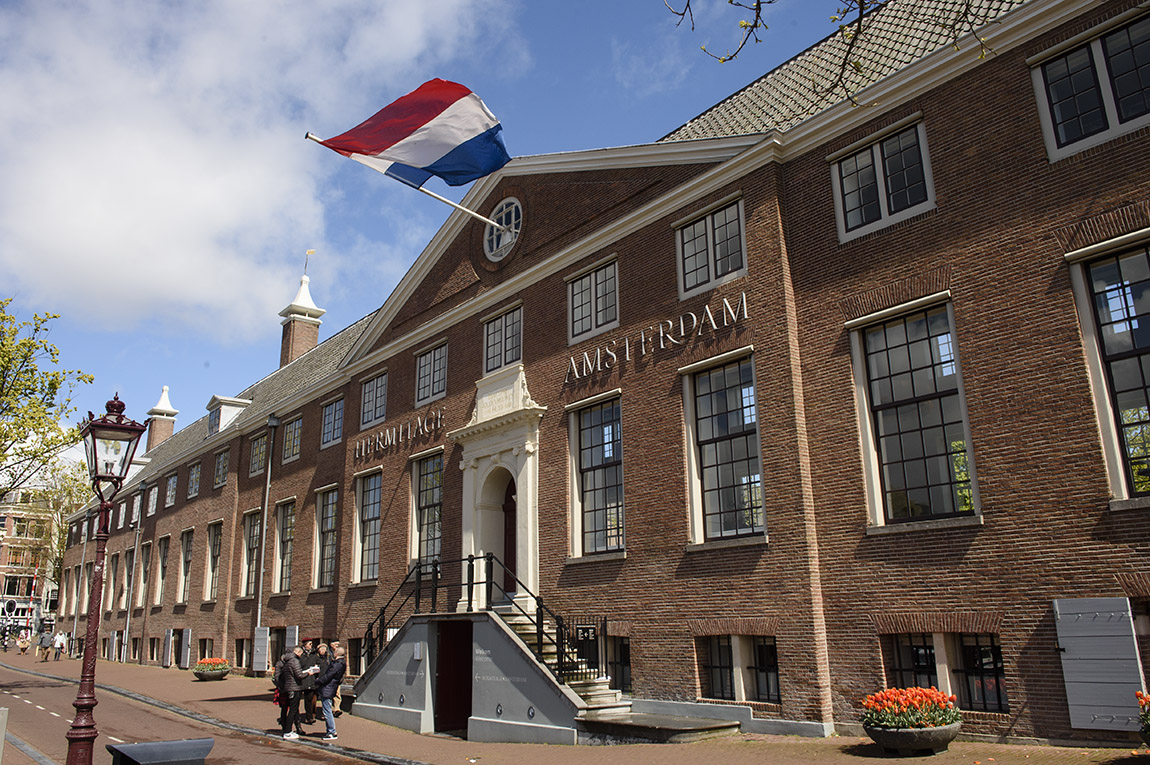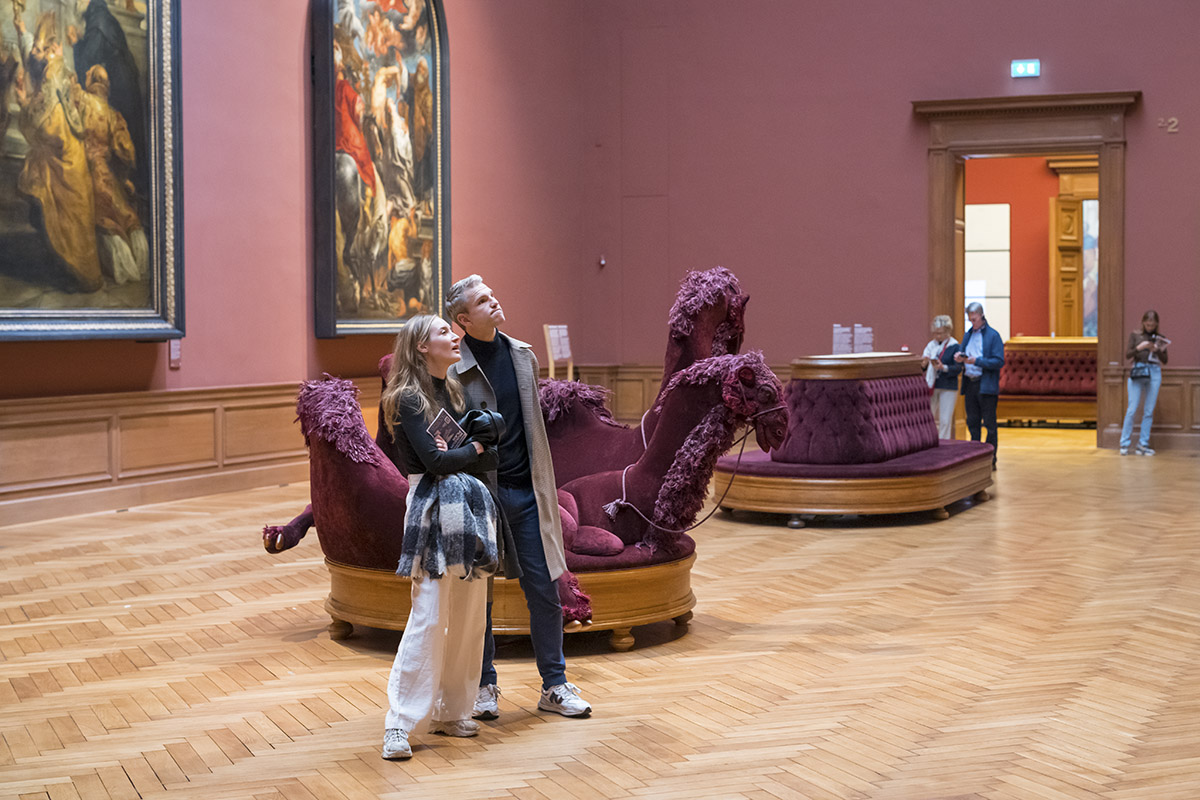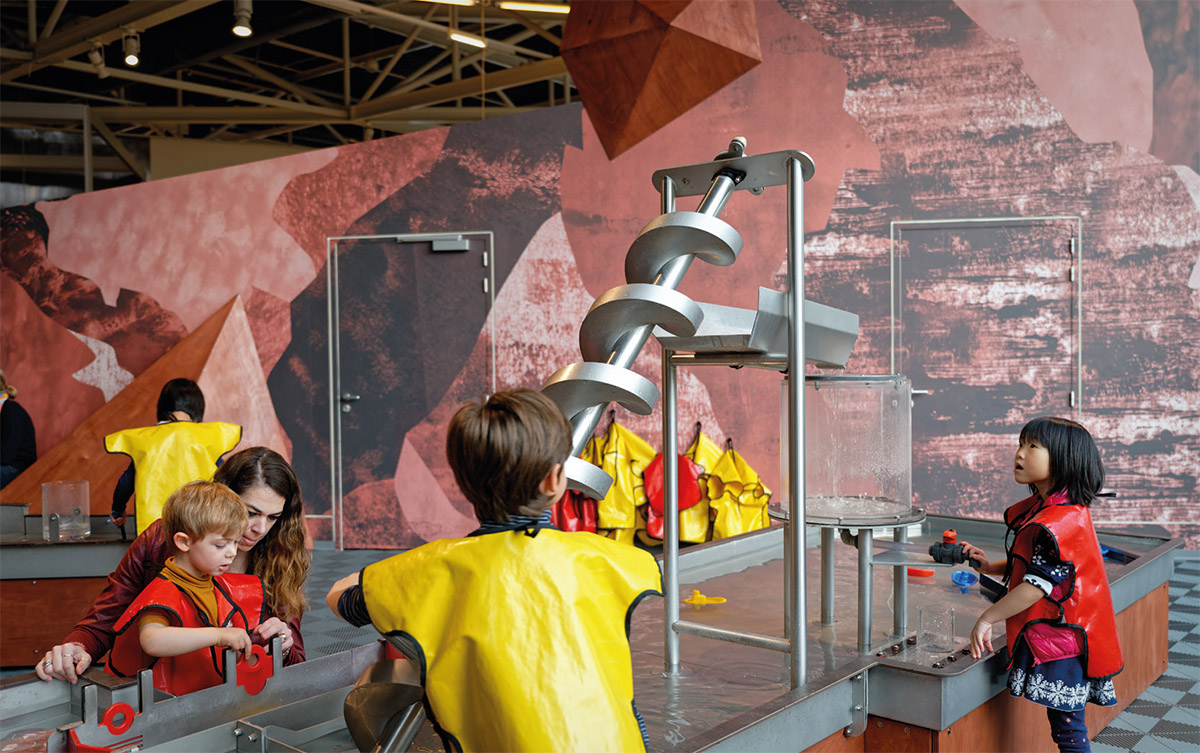Curtius Museum Liège: Seven thousand years of art and history
Text: Lorenza Bacino | Photos: Ville De Liège
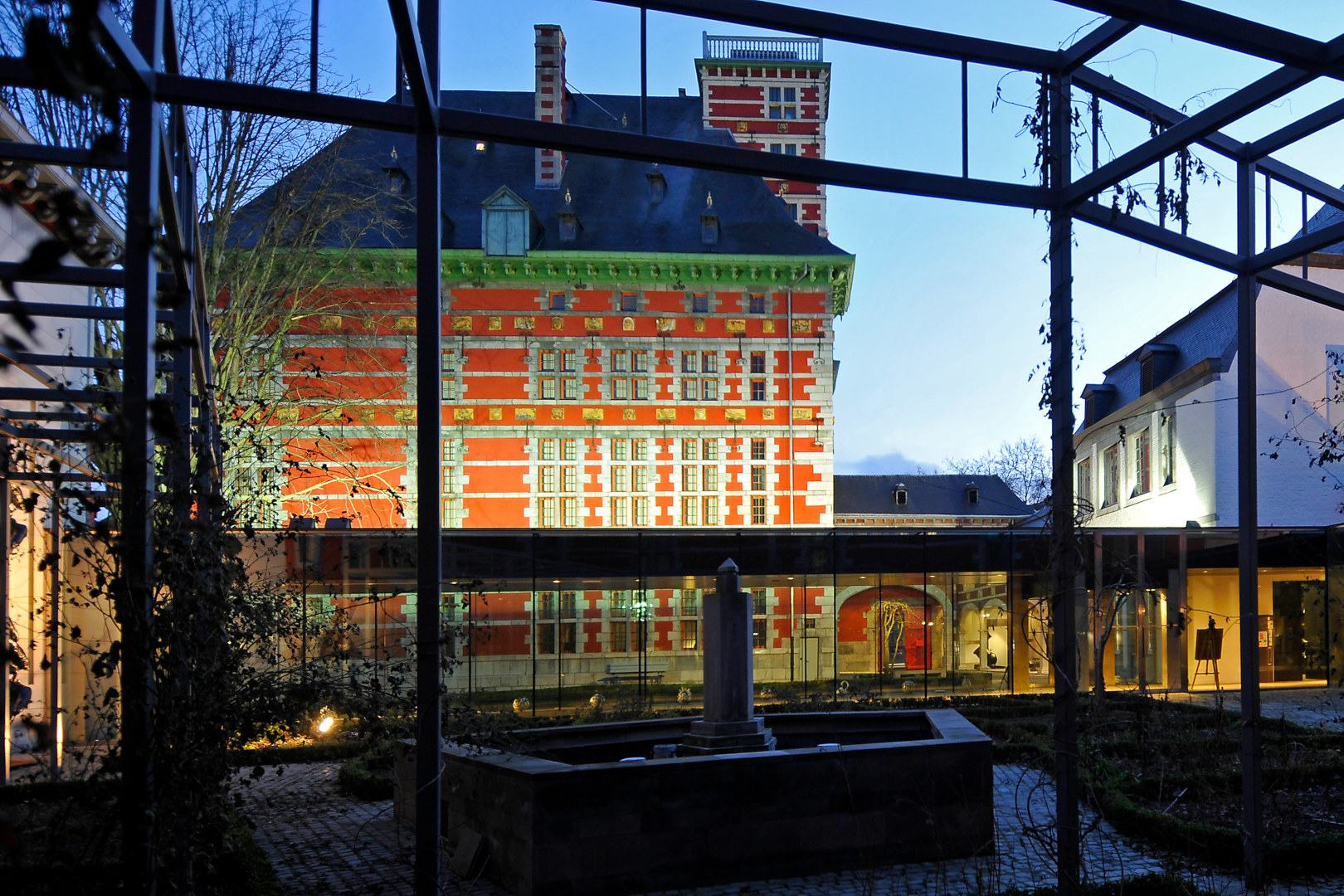
Belgium’s magnificent Curtius Museum is a stunning building, situated in the historical heart of Liège. Visitors are invited to discover thousands of years of history through collections that were previously dispersed across town, but which are now tastefully displayed across 5,000 square metres.
United under one roof are the former Museum of Arms, Museum of Glass, Museum of Archaeology and Decorative Arts, as well as the Museum dedicated to religious artworks and mosan art. The sheer volume of the pieces on display, plus a significant number of artefacts which remain hidden, make the Grand Curtius one of the most important art and history museums in the whole of the country.

Musée d’Armes (Museum of Arms)
Originally opened in 1885, the Arms Museum has a strong connection to the history of Liège, which already boasted an international reputation for producing weaponry of exceptional technical and artistic skill.
Liège still harbours a formidable reputation in the field of arms production and since September 2018, the Arms Museum has occupied the first floor of the Palais Curtius, a majestic 16th -century red-brick building in typical Liégeois style on the banks of the river Meuse. Housed within is one of the world’s greatest and most diverse collections of arms and weaponry. This space used to belong to the wealthy arms merchant, Jean Curtius (1551-1628), who made his fortune dealing in gun powder.
These veritable works of art date from the 16th to the 21st century and are true testament to the skill and precision of the local artisans of Liège and beyond.
The weapons on display are visually stunning and of interest to anyone with a passion for the history of humanity. Learn about the rich and multi-layered history of the evolution of guns and pistols, both from a technical as well as an aesthetic perspective. These objects perfectly highlight the skill and precision necessary to create such beauty. Admire the intricate detail of the metal engravings and the dexterity in the wooden and ivory carvings.
The museum prides itself on focusing on three things: the historic, technical and aesthetic value of the items. This erstwhile tradition remains very much alive in Liège today and visitors will see examples of ‘civil arms’ – those used for sport or hunting, as well as examples of revolvers and pistols.
Among the 600 weapons on display in the Curtius Palace, are further stunning examples from around the world that make up a collection whose beauty and technical expertise cannot be underestimated.

Thousands of years of history
For visitors who have more time on their hands, the Grand Curtius collections span 7,000 years of art and history and include important glassware, earthenware, religious artefacts, archaeological finds and decorative arts.
Glass treasures
The museum’s glassware collection comprises some ten thousand pieces dating from Antiquity to the present day. Beginning with Armand Baar’s rich personal collection bought by the city of Liège in 1952, the collection displays examples of glass from ancient Egypt, ancient Rome and the Middle East, as well as from the Islamic world and Venice. Stunning pieces of Bohemian and English crystal and European glass from the 17th and 18th centuries complete this sumptuous display and of special significance are the pieces of Val Saint Lambert crystal.
Not to be missed along the route are the wonderful art deco and art nouveau glass treasures.
Probably created by chance in the Middle East, the magical material product that is glass has been moulded and appropriated by cultures across the world. The items on display constitute a kaleidoscopic array of colour, shape and design. Glass never ceases to fascinate due to its brilliance, its transparency, the diversity of shape, colour, texture and technique used.
Decorative art collection
In 1896, Liège decided to place its decorative art collection within the Maison Curtius, which became known as the Archaeological Museum of Liège in 1909. The collection mainly comprises pieces from the 18th century. Visitors can view beautiful sculptures in marble, ivory, alabaster, terracotta, stone and metal by artists such as Jean Del Cour, Jean Varin, Guillaume Evrard, Arnold Hontoire to name but a few. The works in gold are particularly striking and include Jean-Adrien Grose’s torso-shaped coffee maker from 1763.
Permanent collections are free for those under 26. It is recommended that visitors set aside three hours in order to view the entire Grand Curtius collection comprising weapons, glass, decorative arts, archaeology and religious art sections.

Subscribe to Our Newsletter
Receive our monthly newsletter by email
